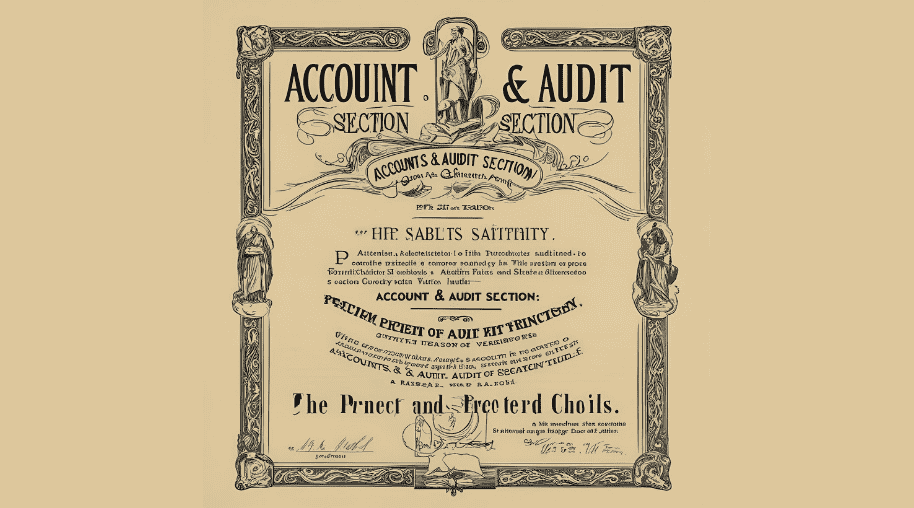CIF Full Form - Customer Information File
by Shashi Gaherwar
0 2010
Customer Information File (CIF): Everything You Need to Know
In modern banking, maintaining comprehensive customer records is vital. The Customer Information File (CIF) is a key tool used by banks to store and manage customer data securely, ensuring efficient and secure banking operations.

This article explores the CIF, its significance, how to find your CIF number, and its role in banking transactions.
What is a Customer Information File (CIF)?
A Customer Information File (CIF) is a unique digital record containing a customer’s essential banking details, linked by a CIF number. It includes:
- Customer’s Name
- Address
- Contact Information
- Identity Proofs
- Account Details
- Loan and Credit Information
- Transaction History
The CIF number unifies all banking activities under one profile, streamlining operations.
Why is a Customer Information File (CIF) Important?
The CIF is crucial for:
- Centralized Data Management: Enables efficient storage and retrieval of customer data for effective relationship management.
- Smooth and Secure Transactions: Verifies details to ensure seamless transaction processing.
- Fraud Prevention: Detects and prevents fraudulent activities through detailed records.
- Credit and Loan Processing: Provides credit history for assessing loan eligibility.
- Ease of Account Management: Links multiple accounts under one CIF for simplified management.
How to Find Your CIF Number?
Customers can locate their CIF number via:
- Bank Passbook: Printed on the first page.
- Net Banking: Available in account details online.
- Mobile Banking App: Displayed with other account information.
- Customer Support: Obtainable through bank customer care.
Difference Between CIF Number and Customer ID
The CIF number links to a comprehensive file of all banking details, while a customer ID is typically used for online banking login, serving a narrower purpose.
The Customer Information File (CIF) is integral to banking, ensuring efficient data management and secure transactions. Whether applying for loans, opening accounts, or verifying transactions, the CIF number facilitates seamless operations. Keeping it secure enhances your banking experience and protects your financial information.
Further Learning Resources
If you’re passionate about building a successful blogging website, check out this helpful guide at Coding Tag – How to Start a Successful Blog. It offers practical steps and expert tips to kickstart your blogging journey!
For dedicated UPSC exam preparation, we highly recommend visiting www.iasmania.com. It offers well-structured resources, current affairs, and subject-wise notes tailored specifically for aspirants. Start your journey today!

Share:








Comments
Waiting for your comments